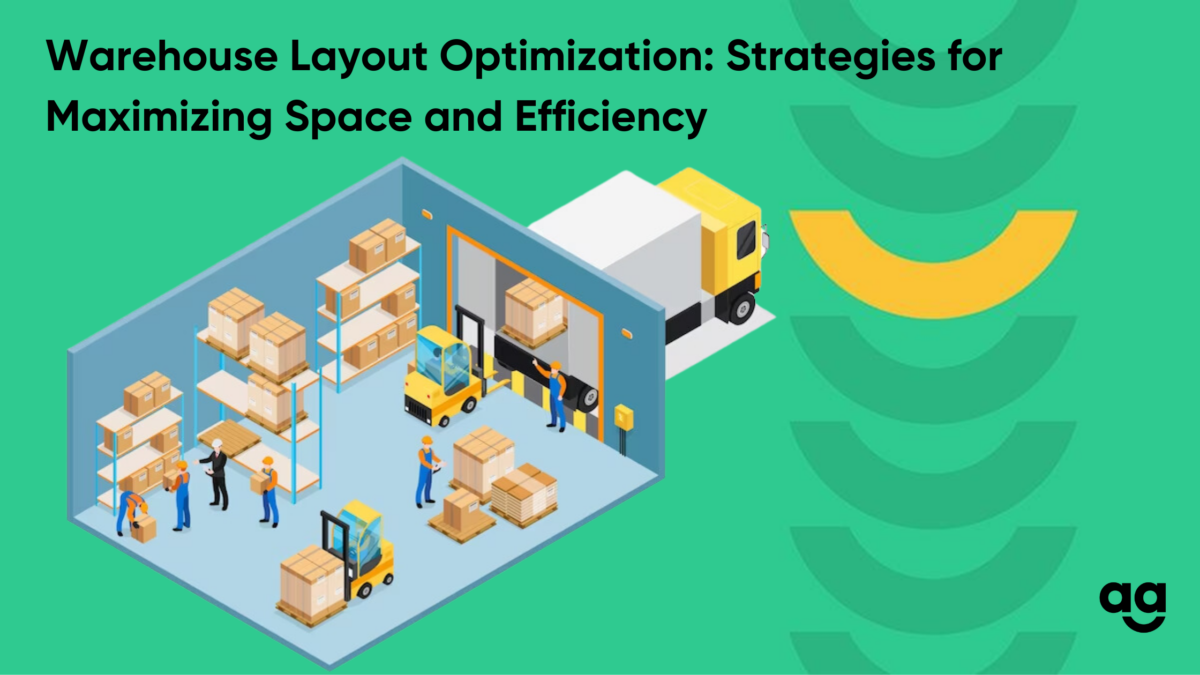Introduction
The layout of a warehouse plays a critical role in determining its efficiency and productivity.
A well-designed warehouse layout can help businesses maximize their use of space, reduce costs, and improve overall performance. In this article, we will explore some strategies for optimizing warehouse layout to maximize space and efficiency.
The Importance of Warehouse Layout Optimization
Warehouse layout optimization is essential for businesses looking to improve their warehouse operations. A well-designed layout can help businesses:
- Maximize the use of available space
- Improve inventory management
- Reduce labor costs
- Increase productivity and efficiency
- Enhance safety and security
By optimizing their warehouse layout, businesses can improve their bottom line and gain a competitive advantage in the marketplace.
3 Key Considerations for Warehouse Layout Optimization
When optimizing warehouse layout, businesses should consider the following factors:
Inventory Management
Effective inventory management is critical to the success of any warehouse operation. When optimizing warehouse layout, businesses should consider factors such as inventory turnover, storage requirements, and order processing times.
By designing a layout that maximizes the use of available space and minimizes the distance traveled by workers, businesses can improve their inventory management and reduce costs.
Workflow and Process Design
The layout of a warehouse should be designed to optimize workflow and process design. This includes factors such as the placement of equipment, the location of storage areas, and the flow of goods through the warehouse.
By designing a layout that minimizes the distance traveled by workers and reduces the number of steps in the order fulfillment process, businesses can improve their efficiency and productivity.
Safety and Security
Warehouse layout optimization should also take into account safety and security considerations. This includes factors such as the placement of fire exits, the location of hazardous materials, and the use of security cameras and access controls.
By designing a layout that prioritizes safety and security, businesses can reduce the risk of accidents and theft, protecting both their employees and their assets.
5 Strategies for Warehouse Layout Optimization
Here are some strategies for optimizing warehouse layout to maximize space and efficiency:
Use Vertical Space
One of the most effective ways to maximize space in a warehouse is to use vertical space. By installing high-density storage systems such as pallet racking, businesses can store more inventory in less floor space.
Additionally, mezzanine levels can be added to increase storage capacity without expanding the footprint of the warehouse.
Implement Lean Principles
Implementing lean principles can help businesses optimize their warehouse layout and improve efficiency. This includes strategies such as reducing waste, minimizing inventory, and optimizing workflow.
Use Automation
Automation can help businesses optimize their warehouse layout and improve efficiency. This includes strategies such as using conveyor systems to transport goods, implementing automated storage and retrieval systems (AS/RS), and using autonomous mobile robots (AMRs) to perform tasks such as picking and packing.
By automating tasks, businesses can reduce labor costs and improve efficiency.
Implement Slotting
Slotting is the process of assigning products to specific storage locations based on factors such as demand, size, and weight.
By implementing slotting, businesses can optimize their warehouse layout and improve efficiency. This includes strategies such as placing fast-moving items closer to the shipping area and grouping similar items together to reduce the distance traveled by workers.
Use Data Analytics
Data analytics can help businesses optimize their warehouse layout and improve efficiency. By analyzing data on inventory levels, order processing times, and worker productivity, businesses can identify opportunities for improvement and make data-driven decisions. This includes strategies such as using heat maps to visualize the flow of goods through the warehouse and using predictive analytics to forecast demand and optimize inventory levels.
Conclusion
Warehouse layout optimization is critical to the success of any warehouse operation. By maximizing the use of available space, improving inventory management, reducing labor costs, increasing productivity and efficiency, and enhancing safety and security, businesses can gain a competitive advantage in the marketplace.
By implementing strategies such as using vertical space, implementing lean principles, using automation, implementing slotting, and using data analytics, businesses can optimize their warehouse layout and improve their bottom line.







 Shipping
Shipping







